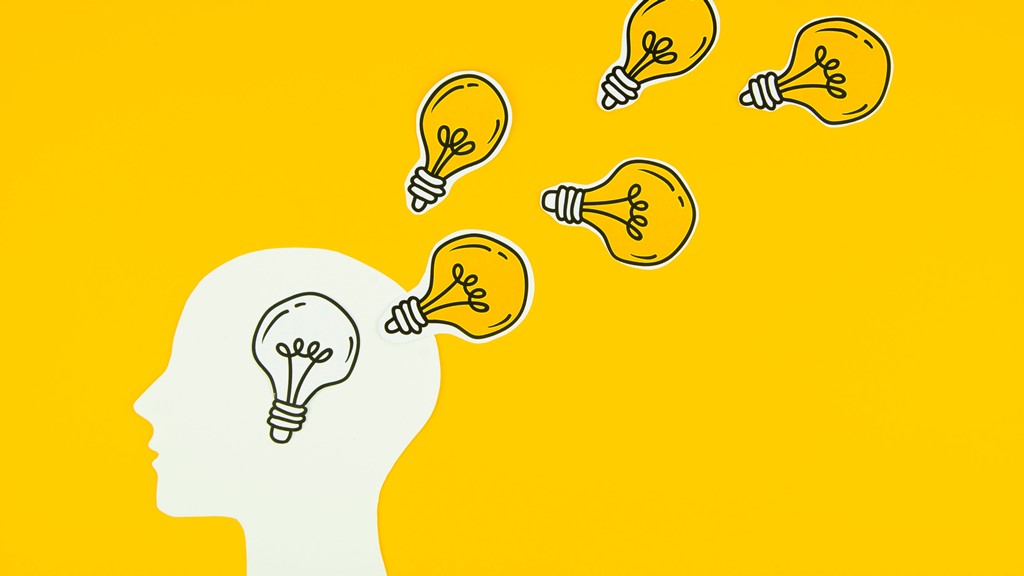Design… We hear it everywhere; it is a buzzword… But what lies behind it, exactly? In the same way as marketing or R&D (Research & Development), design is a function of the company. Together, they form the three base pillars, which allow the company to meet the needs and expectations of consumers. Marketing answers the question of “for whom” to produce, Research and Development answers the question of “what to produce,” and Design answers the question of “how to produce.”
The real interest in design may include improving usability, enhancing functionality, optimizing production processes, reducing costs, increasing customer satisfaction, creating a unique brand identity, driving innovation, and contributing to social and environmental sustainability, among other possibilities. The importance of considering the real interest of design is to ensure that the design is not just a superficial or decorative element but a strategic tool that adds value to the business or project.
What do we mean by design?
When we use the word “design,” what exactly do we mean? Design is a term that is misused, just like “strategy” and “analytics,” according to experts. Making things attractive is just one aspect of design. Design is the process of carefully analyzing the needs of the customer or user and then developing a physical, digital, or hybrid product or service that satisfies those needs. Design is a broad term that refers to the process of creating or planning something with a specific purpose or intention. It involves the application of creativity, problem-solving, and critical thinking skills to develop solutions that meet the needs and expectations of users or stakeholders.
Over the course of five years, companies that performed the best in design experienced average revenue growth that was 32% higher than that of their peers. During the same time period, they also experienced a 56 percent higher shareholder return. It was also intriguing to observe that businesses from a wide range of sectors, including retail banking, medical technology, and consumer goods, consistently demonstrated financial benefits from good design. This implies that enhancing your design capabilities can enhance the financial performance of your business, regardless of whether you produce tangible goods, digital apps, services, experiences, or a combination of all of the above.
Design categories
How many types of design? An extensive range of well-known activities can be included in the design. As follows: digital and web design, graphics packaging, interior, and fashion design, as well as industrial design, designing software, and services. In addition to these activities, there are a lot of new ones as well. Examples include “universal design,” which applies design to meet user needs regardless of age or gender, or eco-design, which considers the environmental impact of products and services over the course of their entire lifecycle. Additionally, prior to today, it was believed that traditional design disciplines were distinct from activities related to art, architecture, and crafts. But these distinctions between those disciplines are now becoming less distinct.



